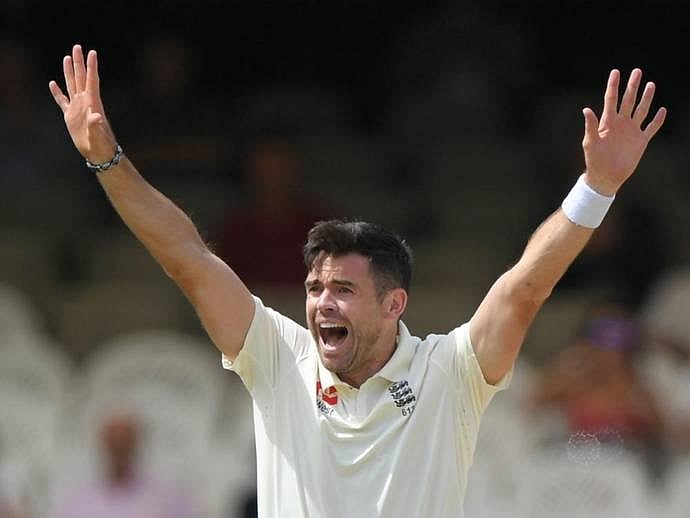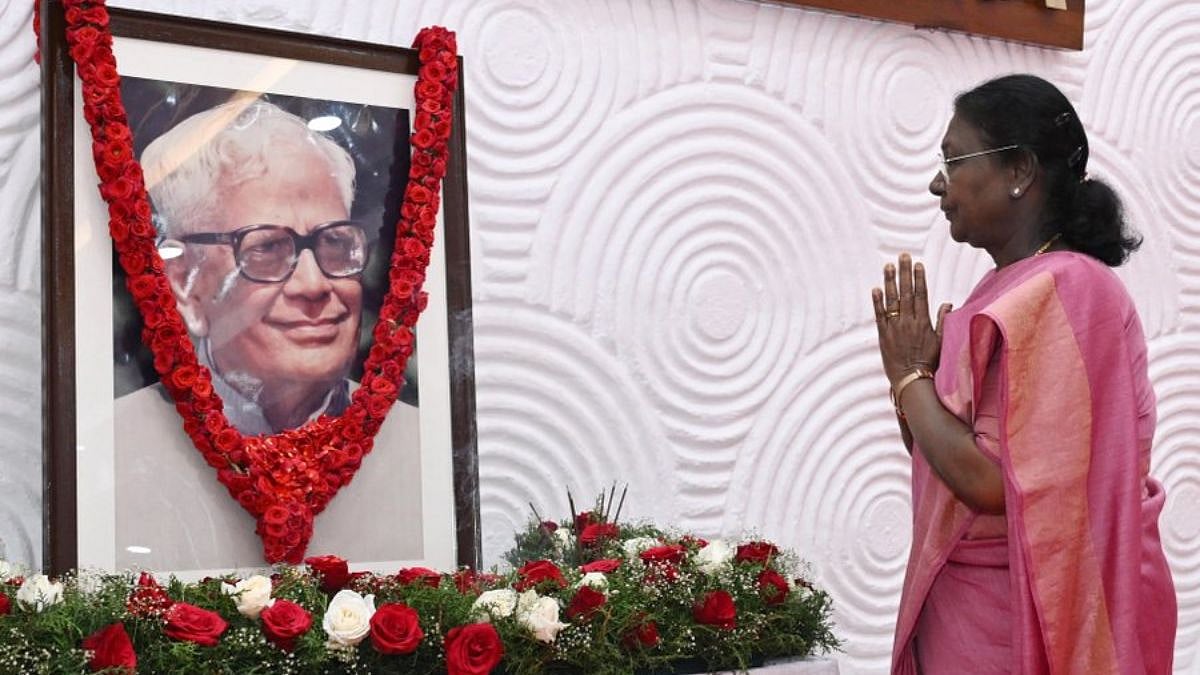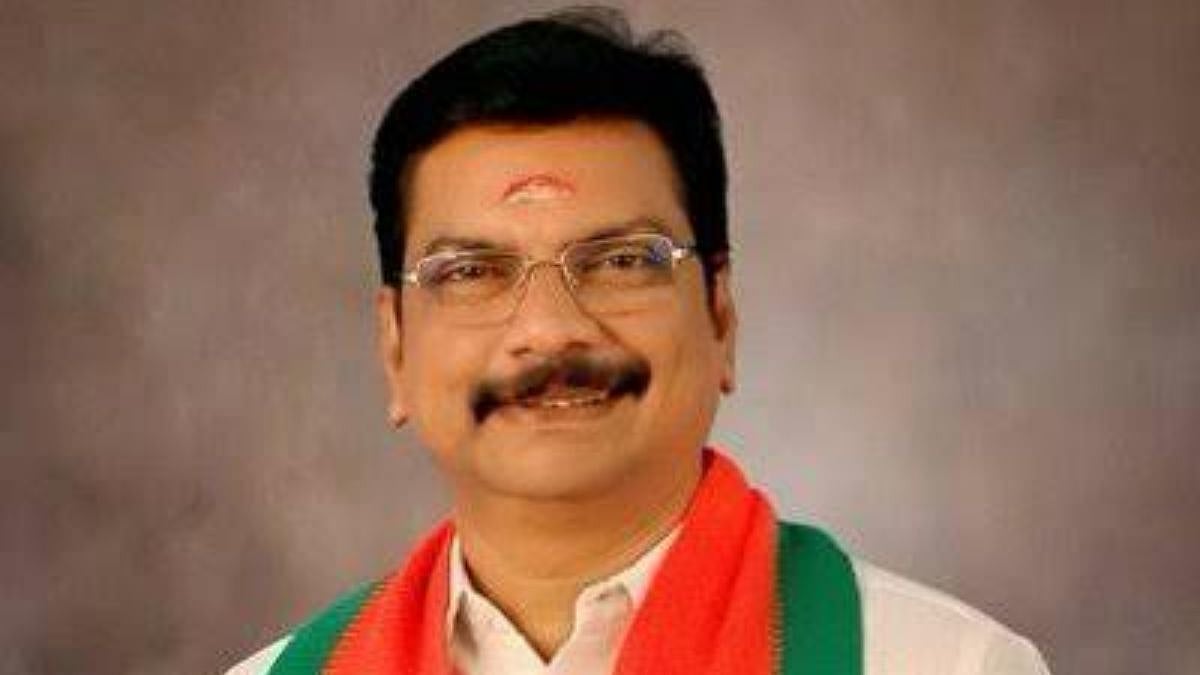James Anderson became the first fast bowler to take 600 wickets. He reached the milestone in the third Test against Pakistan. This was England’s last Test this year. Anderson needed seven wickets in the match to reach 600, and the match was filled with anticipation.
After claiming five in the first innings, incessant rain left Anderson, his fans and aficionados of the game on tenterhooks. Just when it seemed that rain would frustrate the English fast bowler, the weather cleared on the final evening, giving him the chance to etch his name in the record books.
The landmark explains why Anderson is being is widely lauded in the cricket world. He has scaled a peak that so many great fast bowlers haven’t succeeded in doing. It’s taken him 156 Tests over 17-plus years, which tots up to a monumental effort. But there was no way to gain this position without pain.
Anderson now stands fourth among the highest wicket-takers in Test cricket. Interestingly, the three ahead of him are all spinners: Sri Lanka’s Muttiah Muralitharan (800 wickets), Australia’s Shane Warne (708) and India’s Anil Kumble (619).
If this suggests that spinners are more successful in the longest format of the game, consider that nos 4-9 in the table of highest wicket-takers are all fast bowlers! There is clearly no skew towards pace or spin where taking wickets in Tests is concerned, though fast bowlers, because of the stress on body, tend to have shorter careers.
Anderson may be influencing a change here too. He has played 156 Tests as yet, the most by any bowler in the list of highest Test wicket-takers – pace or spin. His long-standing partner Stuart Broad has played 143 Tests (514 wickets), and neither of the two has indicated that they are tired or satiated.
In fact, Anderson has announced that he wants to continue till the 2021-22 away Ashes series, and that he wants to take a crack at breaching the 700-wickets barrier too. This might seem highly ambitious for a 38-year-old, but who can take Anderson lightly now?
There are two important aspects to his career that need to be highlighted. One is talent and skill, the other is longevity. Both have to be considered concurrently to define not just Anderson’s, but any cricketer’s greatness. In fact, length of career might have the edge over just talent by itself.
There are scores of players who were endowed with high talent, but would hardly be considered great players simply because they just did not play enough. Their body of work is meagre, which makes it difficult to make an proper assessment of calibre and quality beyond conjecture at what might have been.
Let’s illustrate this with examples. Vinod Kambli has a Test career batting average of 54.20, which puts him in joint 19th place among Test batsmen with the best average along with West Indian Charlie Davis, who incidentally played against India in the 1971 series and scored heavily.
Kambli and Davis rank higher in the list batsmen with high Test averages than Sachin Tendulkar, Rahul Dravid, Brian Lara, Ricky Ponting, Sunil Gavaskar to name just a few. In itself, this would be an extraordinary accolade, except that Davis played 15 Tests for 1,301 runs and Kambli 17 for 1,084.
These statistics reveal the talent that Davis and Kambli had, not actualization of their promise and potential. Their careers were too short – through injury, bad luck, failure or whatever else – to make a cogent analysis of their batting ability. Only a lunatic would say that they were greater batsmen than Richards, Gavaskar, Tendulkar, Lara!
Similarly in bowling, Ken Higgs of England (20.74) and Kyle Abbott of South Africa (22.71) have a far more impressive career bowling average than some of the greatest fast bowlers in cricket history, like Wasim Akram, Dennis Lillee, Waqar Younis, Kapil Dev and Imran Khan.
However, Higgs played just 15 Tests in his career and Abbott even fewer, 11. While they were obviously good – anybody who plays at the international level must be – there is not enough evidence to suggest they would have been able to have the same wicket-taking consistency over a longish period of time.
Ability to sustain form, fitness, desire and ambition over a length of time, ergo, becomes more important in assessing a player’s worth than just talent. Longevity is a direct derivative of consistency in performance, which ultimately is the surest affirmation of a player’s class.
This helps a player retain his place in the side and relevance in the game. It is a function of how the player has honed his intrinsic skill to grow into excellence, while simultaneously keeping his body in shape for the long haul. Physical and mental strength must necessarily combine to define a great player.
This does not mean that statistics are irrelevant in cricket. These can be crucial, especially in the early stages of a player’s career. In a panoramic view of a career, however, they are at best indicative of a player’s ability, and can often be misleading.
In fact, the only cricketer whose career statistic defines him is Sir Donald Bradman. His Test batting average of 99.94 relates completely why he is considered the greatest batsman ever and why his exploits may never be exceeded.
The writer is a senior journalist who has been writing on the sport for over 40 years.









